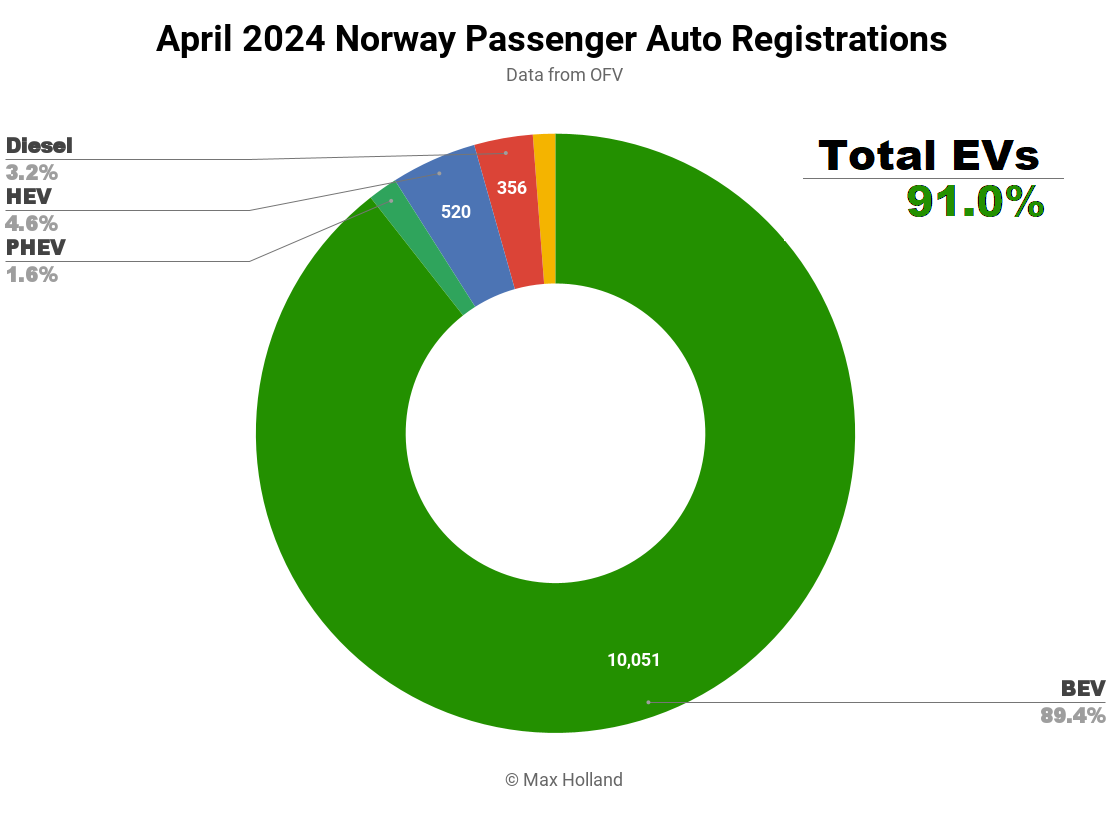Sign up for daily news updates from CleanTechnica on email. Or follow us on Google News!
The idea of floating solar panels on reservoirs and other calm waters has already taken hold. Sending them off to sea is another matter of next-level engineering. However, the potential benefit of co-locating solar arrays with offshore wind farms is a tempting prize, and the firm Moss Maritime is moving closer to a solution.
Offshore Floating Solar Modules: It’s Complicated
The Moss venture is especially interesting because Moss Maritime is an established expert in floating offshore technology as a branch of the global conglomerate Saipem, which is known for its decades-long experience in offshore oil drilling. It’s a good example of the ways in which fossil energy know-how can work for the energy transition, not against it.
This particular development has been a long time coming. Sometime between 2018 and 2019, Saipem and Equinor agreed to develop a modular offshore floating solar platform based on a concept developed by Moss, with a focus on ease of manufacture, transportation, and installation. In addition, the modular design was aimed at maximizing flexibility in rough offshore waters, to prevent waves from swamping the solar panels.
The initial timeline called for planning, modeling, and testing at the Norwegian maritime industries research institution SINTEF Ocean, with a 1-megawatt pilot installation to follow in 2020.
Somewhere along the way there was a hitch, and the timeline was adjusted to install a 0.5-megawatt version in 2023. SINTEF issued a recap of the project back in June of 2021, in which it indicated why the adjustment was needed.
The testing regimen was described as “revolutionary” for SINTEFF. To date, much of the available work on floating solar has been conducted on testing platforms designed for reservoirs and inland lakes, where waters are generally calm.
“We’ve never before tested a design involving so many modules. However, the development of water-based installations is not without challenges,” SINTEFF Senior Research Scientist Nuno Fonseca explained, referring to the 64-module platform used in the modeling phase of the program.
“Infrastructure needs to be designed to withstand dynamic stresses caused by waves, wind and currents, and at the same time generate energy that competes with other energy sources on price,” Fonseca added.
Another Big Step For Offshore Floating Solar
When SINTEF issued its recap, the modeling and testing part of the program demonstrated the feasibility of deploying offshore floating solar arrays “far out at sea,” potentially opening the door to co-locating them with offshore wind farms.
The next big step came just last week, when Moss Maritime reported that the Norwegian global risk management leader DNV greenlighted its XolarSurf concept for offshore floating solar.
“The recognition not only validates the design methodology but also paves the way for further innovations in floating solar, offering opportunities for clean energy generation close to shore without land use,” Moss explained in a press statement.
In an interesting twist, DNV’s decision is based on standards adopted for the offshore floating wind turbine field. The firm issued a “Statement of Conformity” for Moss’s XolarSurf concept based on Standard DNV-ST-0119, which sets minimum, internationally recognized requirements for floating wind structures.
The Coal-Killing Combo Of Floating Solar And Offshore Wind Farms
With the seal of approval from DNV in hand, Moss anticipates floating a prototype version of XolarSurf in the water by June.
No word yet on when the company plans to attach XolarSurf to an offshore wind farm, but if and when it goes into commercial production, the implications for the offshore renewable energy field are huge.
Offshore wind developers have been looking for economical opportunities to defray their costs by co-locating floating solar panels, wave energy converters, and seaweed farms or other aquaculture ventures.
Moss sees especially rich opportunities for solar co-location. “In fact, by combining floating solar with offshore wind farms and thereby leveraging the same energy infrastructure and export cables, the resulting energy production capacity per used area could be drastically improved,” the company explains.
“This greatly underscores the viability of floating solar PV as a key component of the renewable energy landscape and its relevance in the energy transition,” Moss adds.
In addition to co-locating the XolarSurf at fixed-platform wind farms, Minge Thøgersen, Moss’s VP of Engineering, seems to expect XolarSurf to could compete directly with floating wind technology.
“Compared to floating wind turbines, floating solar power technology is simpler, engineering costs are lower, and structures are easier to build. Floating solar power is also well suited for mass production, which will have a positive impact on price and deployment,” he observes.
More Floating Solar News, Inland Edition
Apparently DNV is expecting further refinements from Moss, based on the requirements outlined by Standard DNV-ST-0119.
“In practice, Moss Maritime has received an instruction manual, so that they can design and develop floating solar power that can withstand rough sea conditions,” Hans Kristian Danielsen of DNV explained in a press statement.
In the meantime, activity is proceeding apace in the inland floating solar field, where developers are exploiting opportunities to situate new solar arrays without taking up precious land (see more stories about waterborne solar arrays here).
Part of the activity is focused on taking advantage of available space on water supply reservoirs or cutting costs at water treatment facilities, which are notoriously hungry energy-suckers. The US has been a little late to the party, but activity has begun to ratchet up in several states, including New Jersey, Michigan, and North Carolina among others.
One recent example is a newly commissioned floating solar array on a retention pond at the Southern Regional Water Supply Facility in Orange County, Florida. The array is expected to reduce energy costs at the facility by 25%.
Don’t just take our word for it. Earlier this month the market research firm Coherent Market Insight stated that the global floating solar market is “projected to grow from USD 35.1 million in 2023 to USD 215.9 million by 2030 at a CAGR [compound annual growth rate] of 29.6%.”
“Floating solar panels provide a sustainable option for generating electricity by utilizing underutilized water bodies such as reservoirs, dams, and ponds,” CMI explains. “This market opportunity is further fueled by government initiatives and incentives promoting the adoption of renewable energy technologies.”
As Moss notes, improvements in land-based solar technology have rippled into the floating solar field, contributing to growth in the market. According to CMI that also include new tracking technologies, which enable solar panels to tilt towards the best light.
Follow me @tinamcasey on Bluesky, Threads, Post, and LinkedIn.
Image: Earlier version of the Moss Maritime concept for a flexible floating solar array capable of withstanding rough offshore conditions (courtesy of Saipem).
Have a tip for CleanTechnica? Want to advertise? Want to suggest a guest for our CleanTech Talk podcast? Contact us here.
Latest CleanTechnica TV Video
CleanTechnica uses affiliate links. See our policy here.





